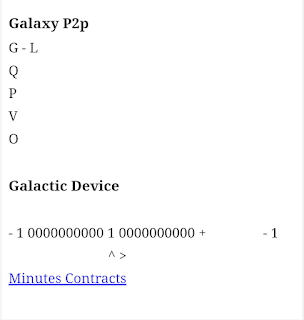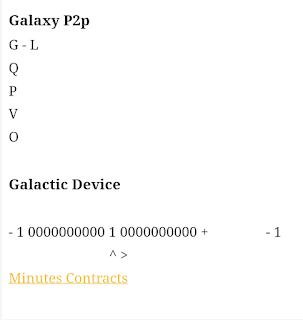Population
To estimate the total world population at the time when the density reaches one person per 10 square feet based on the current growth rate, we can proceed with the following steps:
1. Current Growth Rate:
The global population growth rate is about 1.1% per year (as of recent estimates).
2. Current Population:
The world population is approximately 8 billion people today.
3. When Will the Population Reach 1 Person per 10 Square Feet?:
From our previous calculation, it will take approximately 24 years for the population density to reach 1 person per 10 square feet.
In 24 years, the population will grow from 8 billion to a higher number due to the growth rate of 1.1% per year.
4. Population Projection Formula:
The formula to calculate the population after a certain number of years, given a constant growth rate, is:
P(t) = P_0 \times (1 + r)^t
Where:
is the population after years.
is the initial population (8 billion).
is the growth rate (1.1% = 0.011).
is the number of years (24 years).
5. Calculate Population After 24 Years:
Plugging in the values:
P(24) = 8,000,000,000 \times (1 + 0.011)^{24}
P(24) = 8,000,000,000 \times (1.011)^{24} ]
P(24) \approx 8,000,000,000 \times 1.290
P(24) \approx 10.32 , \text{billion people} ]
6. Conclusion:
In 24 years, at the current growth rate of 1.1%, the world population will be approximately 10.3 billion people.
This is the population that would be required for the density to reach one person per 10 square feet, based on the total habitable land area of the Earth.
To calculate how much available land area there is on Earth, we need to consider the total habitable land area. Here's an overview of the Earth's land area:
1. Total Land Area of Earth:
The total land area on Earth is approximately 148.94 million square kilometers.
1 square kilometer = 1,000,000 square meters.
1 square meter = 10.764 square feet.
So, the total land area in square feet is:
148.94 \, \text{million km}^2 \times 1,000,000 \, \text{m}^2/\text{km}^2 \times 10.764 \, \text{ft}^2/\text{m}^2
148.94 \times 10^6 \times 10^6 \times 10.764 = 1.603 \times 10^{15} \, \text{square feet}
2. Available Habitable Land:
Not all land is habitable due to deserts, mountains, ice caps, and oceans. Estimates suggest about 30% of Earth's land area is suitable for human habitation. So:
1.603 \times 10^{15} \, \text{square feet} \times 0.30 = 4.81 \times 10^{14} \, \text{square feet}
Thus, the habitable land area available is approximately 481 trillion square feet.
3. Comparison with Population Density:
If each person is allocated 10 square feet of space, the total population of 8 billion people would occupy 80 billion square feet, as we calculated earlier.
The available habitable land of 481 trillion square feet is more than enough to accommodate the current world population.
In conclusion, there is far more available habitable land than the space required for the current world population, based on your scenario of 10 square feet per person.
_____________________________________________
To calculate the population growth over 20 to 30 years with a constant annual growth rate of 1.1%, we can use the population projection formula:
P(t) = P_0 \times (1 + r)^t
Where:
is the initial population (8 billion),
is the annual growth rate (1.1% or 0.011),
is the number of years (20 to 30 years).
For 20 Years:
P(20) = 8,000,000,000 \times (1 + 0.011)^{20}
P(20) = 8,000,000,000 \times (1.011)^{20} ]
P(20) \approx 8,000,000,000 \times 1.239
P(20) \approx 9.91 , \text{billion} ]
For 30 Years:
P(30) = 8,000,000,000 \times (1 + 0.011)^{30}
P(30) = 8,000,000,000 \times (1.011)^{30} ]
P(30) \approx 8,000,000,000 \times 1.349
P(30) \approx 10.79 , \text{billion} ]
Conclusion:
After 20 years, the population will be approximately 9.91 billion.
After 30 years, the population will be approximately 10.79 billion.
These are estimates based on a constant growth rate of 1.1% per year.









0 Comments